Gallery Events
Apr
292018 |
Prof. Ed YoungRocks beyond our solar system - evidence from dead starsLocation: Geology 3656 White dwarf stars are the stellar cores left behind by Sun-like stars after they have exhausted their nuclear fuel. Some of these dead stars still have rocky bodies orbiting them that are similar to our asteroids. These orbiting objects sometimes fall into the stellar atmosphere and vaporize, releasing their elements which then contribute to the spectral lines visible with telescopes. The chemical similarities between rocks in our solar system and the rock-forming elements floating in the atmospheres of white dwarf stars provide good evidence that rocky planets elsewhere in the Milky Way Galaxy are similar to the rocky planets in our solar system. This, in turn, suggests that Earth-like planets are not unusual. 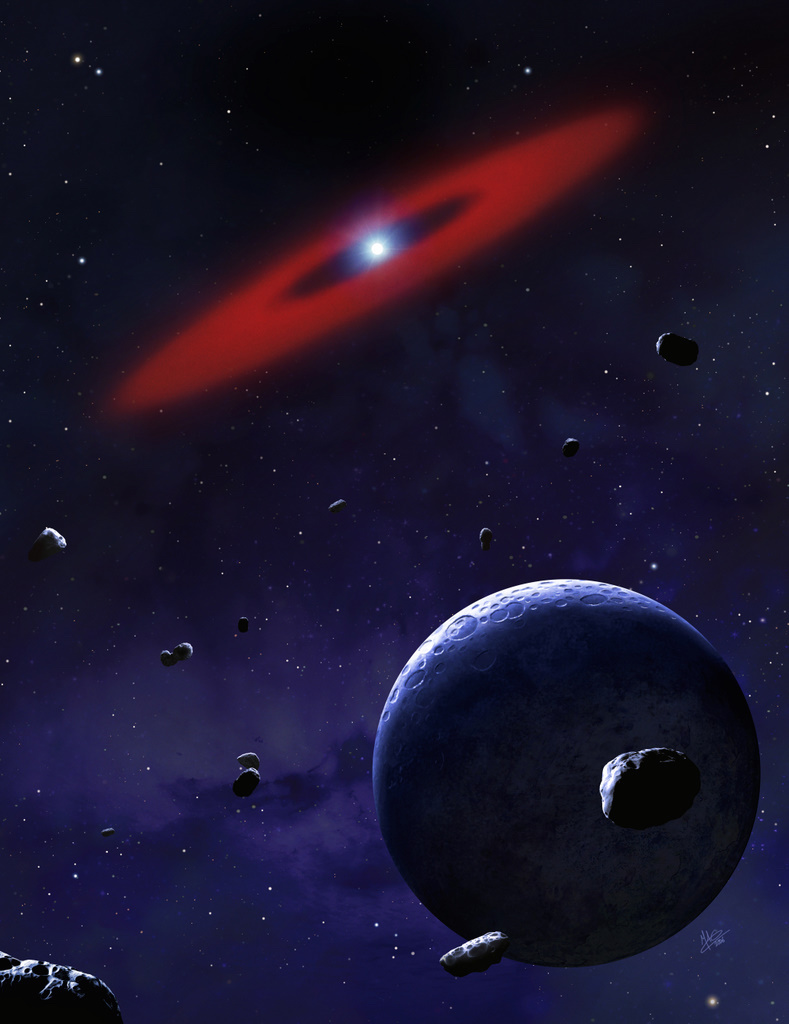
|
Mar
252018 |
Dr. Amy MainzerNear-Earth Asteroids and Comets: Characterizing Populations with Large-Area SurveysLocation: Geology 3656 Asteroid and comets have impacted Earth over millions of years; the key question is how often this occurs on shorter timescales. Recent work has focused on surveys of large regions of space to maximize their discovery rates and to characterize their physical properties. Dr. Amy Mainzer from the Jet Propulsion Laboratory is a UCLA Alumna who has been heavily involved in the use of data form the WISE infrared satellite to discover new asteroids and comets. She is also the host of a science TV show for children, "Ready Jet Go". 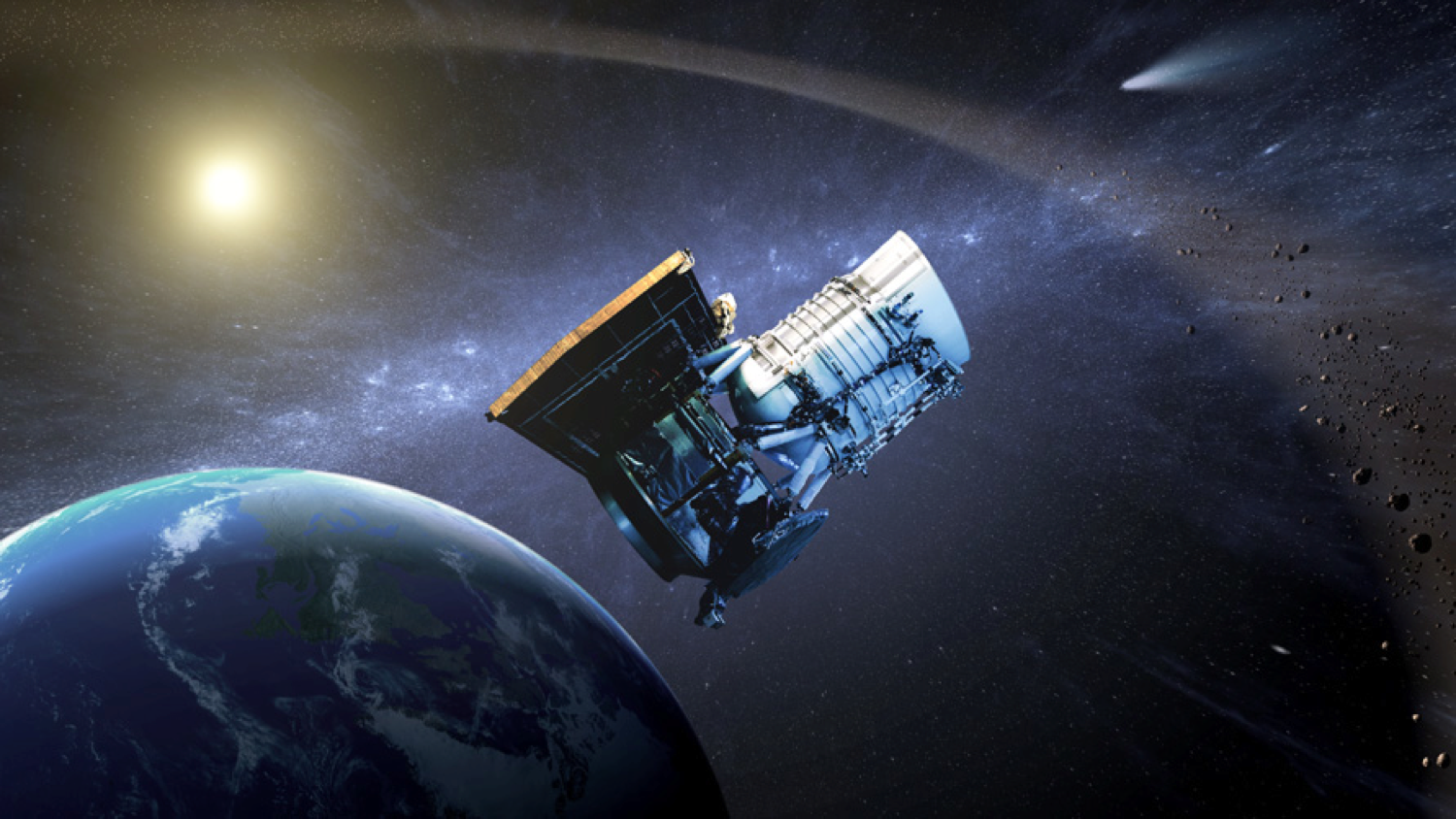
|
Feb
112018 |
Dr. Paul WarrenMeteorites from the MoonLocation: Geology 3656 Paul will discuss how impacts eject fragments from the Moon and the variety of paths they can follow before accreting to the Earth. He will talk about the different terrains on the Moon including mare basalts and anorthositic breccias from the highlands. He will compare the different kinds of knowledge gained from lunar meteorites and the samples returned by the Apollo astronauts. 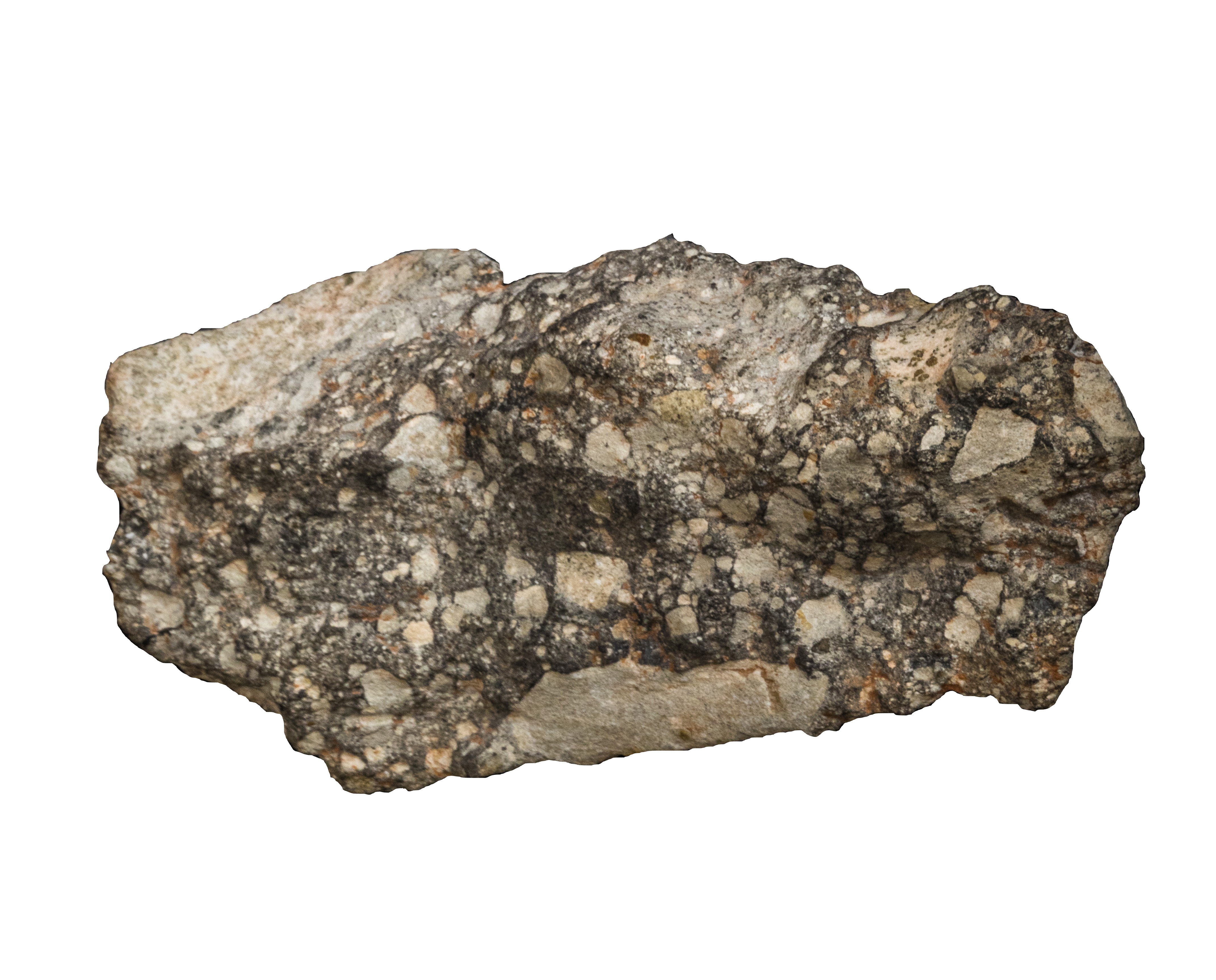
|
Jan
142018 |
Show and TellVarious speakersLocation: UCLA Meteorite Gallery Our January event will be a show and tell in which we show and discuss some beautiful and important new additions to the Gallery. One of these is a new lunar meteorite “a lunar-highlands breccia” that includes several large angular fragments with different colors (shades of gray) and textures. It is similar to some samples returned from the Moon by the Apollo 16 astronauts. If you would like to bring a meteorite or meteorite-related sample to show, please let us know in advance: jtwasson@ucla.edu. We will print a list for distribution and invite some exhibitors to say a few words about what they are showing. If you are considering to bring something to show, please tell us in advance so that we have plenty of time to discuss logistics. That morning our Advisory Committee will meet and the members will also stay around during the afternoon to show some of their meteorites, old manuscripts, and meteorite-related art. 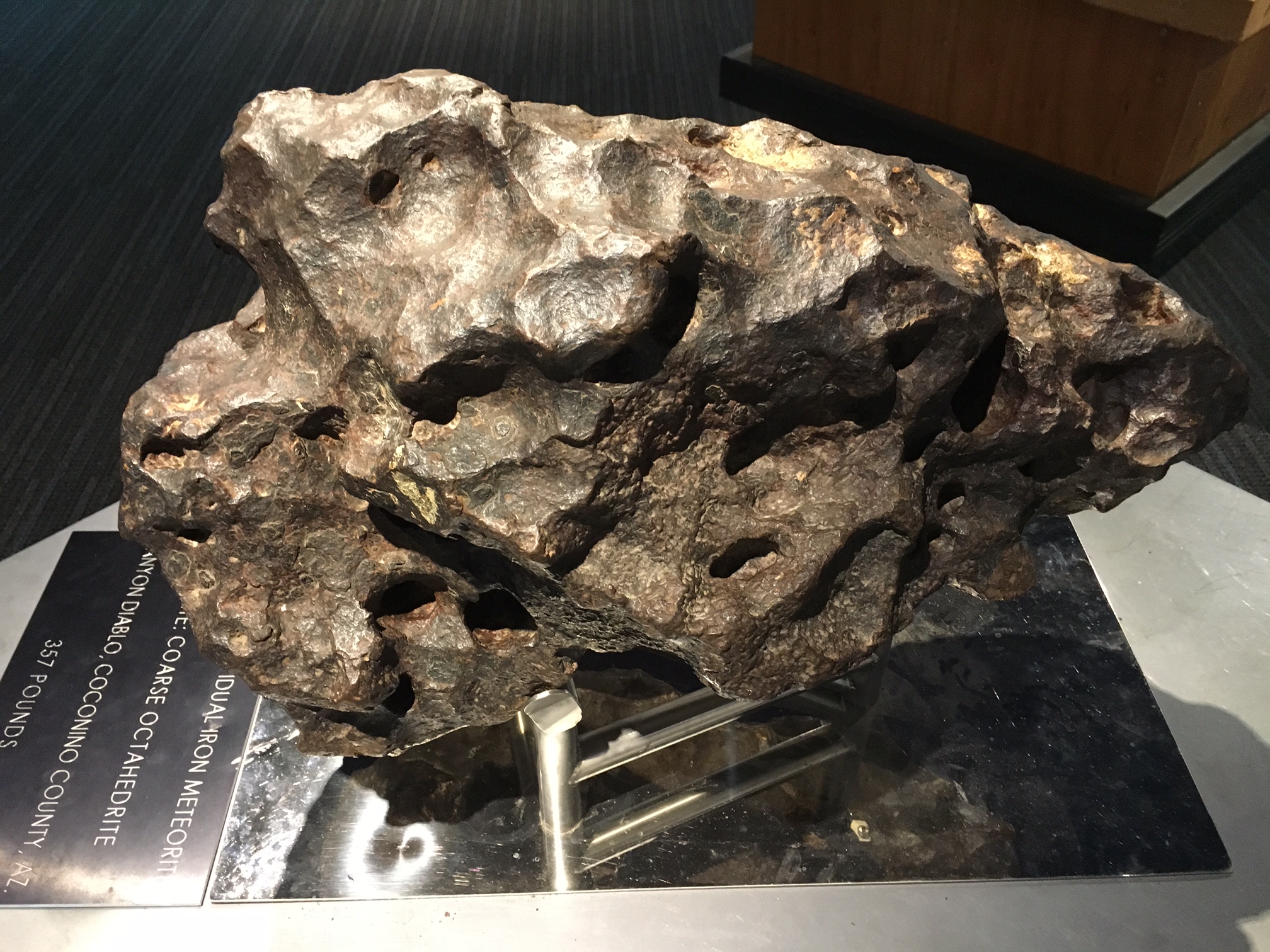
|
Nov
52017 |
Exploring Your Universe 2017Science OutreachLocation: UCLA Campus - Court of Sciences Exploring Your Universe (EYU) is an annual science outreach day held on the UCLA campus, filled with exciting science demos, fun activities, and interesting talks. EYU has family-friendly activities that provide a wonderful look into real science for all ages, “from K through Gray”! 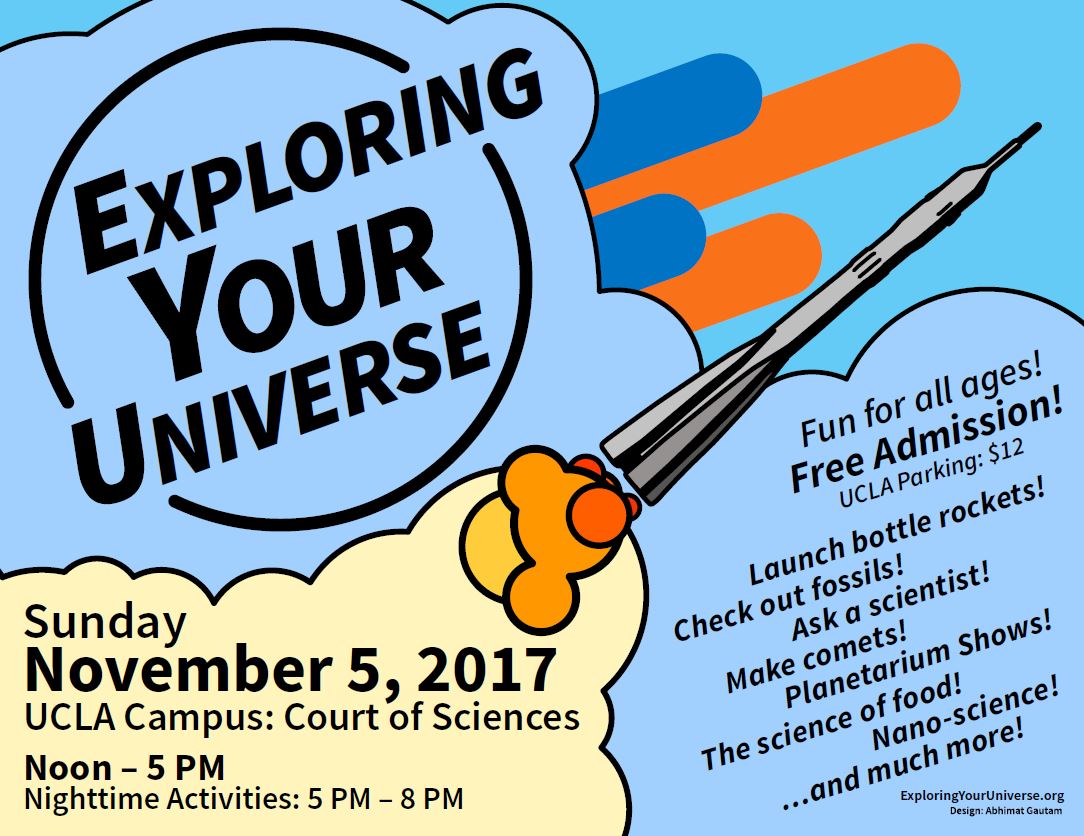
|